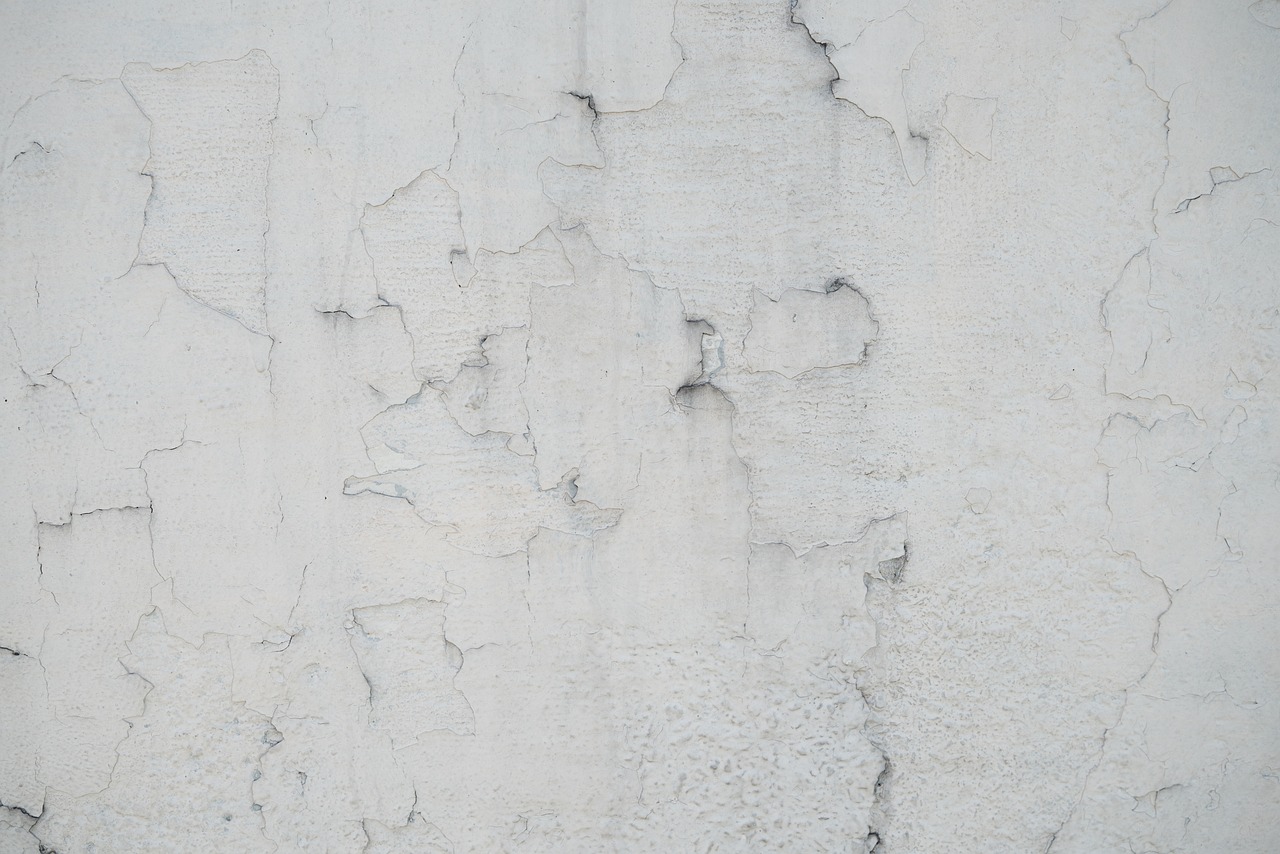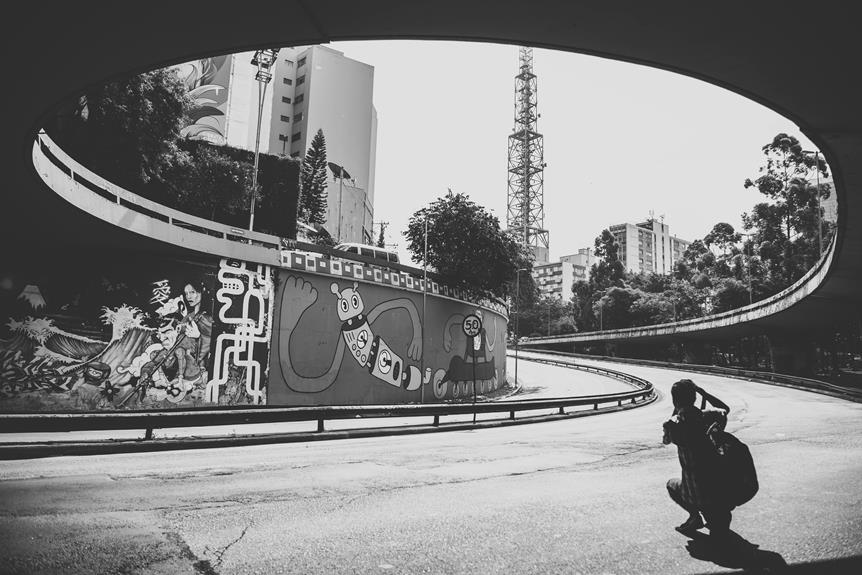Wolf Art

You’re drawn to the multifaceted depictions of wolves in art, spanning from ancient cave paintings to modern interpretations. Wolves symbolize duality, portraying both menace and beauty in European folklore. Notable artists like Mark Adlington and Alex Malikov capture these contrasts vividly. In contemporary pieces, wolves highlight ecological importance and resilience. Styles range broadly, from serene snowy landscapes to powerful pack dynamics. Affordable options, such as posters starting from £2.38, guarantee accessibility for enthusiasts. Intriguingly, each piece reflects wolves’ roles as apex predators and icons of natural beauty. Explore deeper to uncover the rich symbolism and cultural significance embedded in wolf art.
Key Points
- Wolf art symbolizes strength, resilience, and the duality of beauty and menace.
- Famous wolf artists include Mark Adlington, Alex Malikov, and Florent Bodart.
- Posterlounge offers affordable wolf posters starting from £2.38.
- Contemporary wolf art highlights their ecological importance and majestic presence.
- Customization options are available for tailored wolf art decor.
History of Wolf Art
Tracing back to ancient cave paintings, wolf art has long captured the complex relationship between humans and these enigmatic creatures. As you explore the evolution of wolf art, you’ll notice how early depictions in caves symbolize the duality of wolves—both revered and feared.
In European folklore, wolves embodied wilderness and danger, reflecting humanity’s struggle with untamed nature. This symbolism evolved, mirroring changing attitudes towards wolves and their conservation status.
Over centuries, artistic portrayals shifted, emphasizing either their majestic beauty or menacing presence. Understanding this historical context helps you grasp how contemporary wolf art highlights the animal’s ecological importance, beauty, and strength.
Through this lens, you’re better equipped to appreciate the enduring significance of wolves in art.
Types of Wolf Art
With a rich historical background in mind, examining the types of wolf art available today reveals a fascinating array of themes and styles. You’ll find wolf art styles capturing snowy landscapes, dense forests, and the apex predator’s fierce presence. These pieces often use wolf art symbolism to reflect the animal’s cultural significance, shifting from feared to revered.
Affordable wolf posters start at £6.95, making it easy to find something within your budget. New arrivals frequently update the collection, introducing diverse designs from various artists. For enthusiasts, wolf pack posters offer multiple designs, perfect for creating themed collections.
Through prints and posters, contemporary wolf art celebrates and reinterprets the historically misunderstood and now admired canines.
Famous Wolf Artists
Renowned wolf artists, such as Mark Adlington and Alex Malikov, have greatly contributed to the contemporary appreciation and reinterpretation of wolves through their evocative and meticulously crafted artworks.
Adlington’s ‘Two Wolves, 2001’ and Malikov’s ‘Project: Kiss of Death’ exemplify modern interpretations of wolf art symbolism. These pieces showcase unique wolf art techniques, aligning with emerging trends that blend realism with abstract elements.
To explore further into the world of famous wolf artists:
- Investigate Mark Adlington’s nuanced use of contrast in ‘Two Wolves, 2001’.
- Examine Alex Malikov’s blend of myth and reality in ‘Project: Kiss of Death’.
- Compare Florent Bodart’s surreal ‘Three Giant White Wolves on Mountains’ with Jim Cumming’s poignant ‘Yellow Eyes – Timber Wolf’.
Wolf Art in Culture
Exploring the impact of famous wolf artists naturally leads to understanding how wolf art has embedded itself in cultural narratives, symbolizing strength, resilience, and the wild spirit.
This wolf symbolism resonates deeply, evoking a sense of awe and reverence. Historically misunderstood and feared, wolves have made a significant comeback in Europe, enhancing their cultural impact.
The evolution of wolf artistic representation has shifted from fearsome predators to icons of natural beauty and power. Artistic depictions in snowy landscapes and thick forests capture their majestic presence, reflecting their role as apex predators.
Buying Wolf Art
Frequently, purchasing wolf art provides an enriching opportunity to bring the beauty and symbolism of these majestic creatures into your home. Posterlounge offers a variety of options, starting from £2.38, including posters, canvas prints, and metal signs.
To make the most of your purchase, consider current wolf art trends and purchasing tips.
To enhance your home decor and explore customization options, follow these guidelines:
- Trends: Look for popular pieces like ‘Winter Timber Wolf’ and ‘Black and White Wolf’ to stay updated.
- Customization: Opt for print-on-demand services to tailor the art to your space.
- Budget: Choose affordable yet impactful pieces, ensuring your decor remains stylish without overspending.
Contact Posterlounge for further inquiries or assistance.
Frequently Asked Questions
What Does a Wolf Symbolize in Art?
In Native American and Japanese folklore, you’ll find that wolves symbolize strength, wisdom, and protection. They embody family unity and loyalty, while also representing freedom, primal instincts, and the wild spirit of nature.
What Is the Symbolism of the Wolf?
You’ll find that wolves carry profound mythological significance, embodying strength and loyalty. They hold deep spiritual meanings in various cultures, often seen as guides and symbols of resilience, independence, and the importance of family bonds.
What Does the Timber Wolf Symbolize?
The Timber Wolf symbolizes loyalty, adaptability, and intelligence. In Native folklore, it represents guardianship and spiritual guidance. Its pack dynamics highlight strong family bonds, teamwork, and social cohesion, essential for understanding interconnected ecosystems and ecological balance.
Who Did the Cover Art for Wolf?
The cover artist for ‘Wolf’ is David A. Northcott. His wildlife and nature-themed artwork provided album inspiration, effectively capturing the essence of a Winter Timber Wolf in a forest setting, showcasing his skillful wildlife artistry.
Conclusion
In examining wolf art, you’ve journeyed through its rich history, diverse forms, and cultural significance. You’ve discovered influential artists who’ve immortalized these majestic creatures.
Wolf art isn’t just visually enchanting; it embodies deep cultural narratives and personal expressions. When buying wolf art, consider its historical context and artist’s intent. By understanding these facets, you’ll not only appreciate the art aesthetically but also grasp its profound symbolic resonance.
Embrace wolf art’s legacy and enrich your own cultural perspective.
Author: Theodore Beaufort

